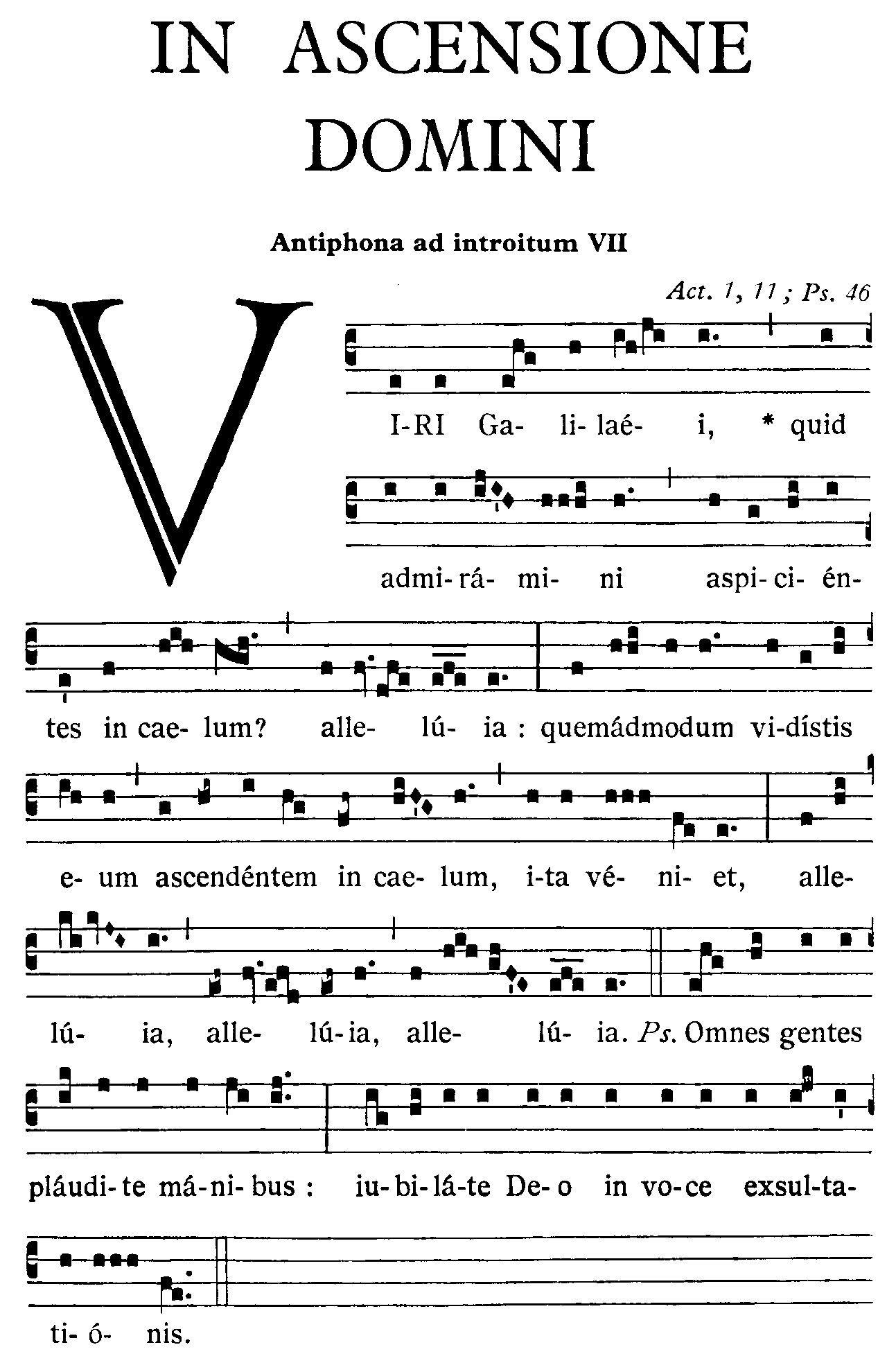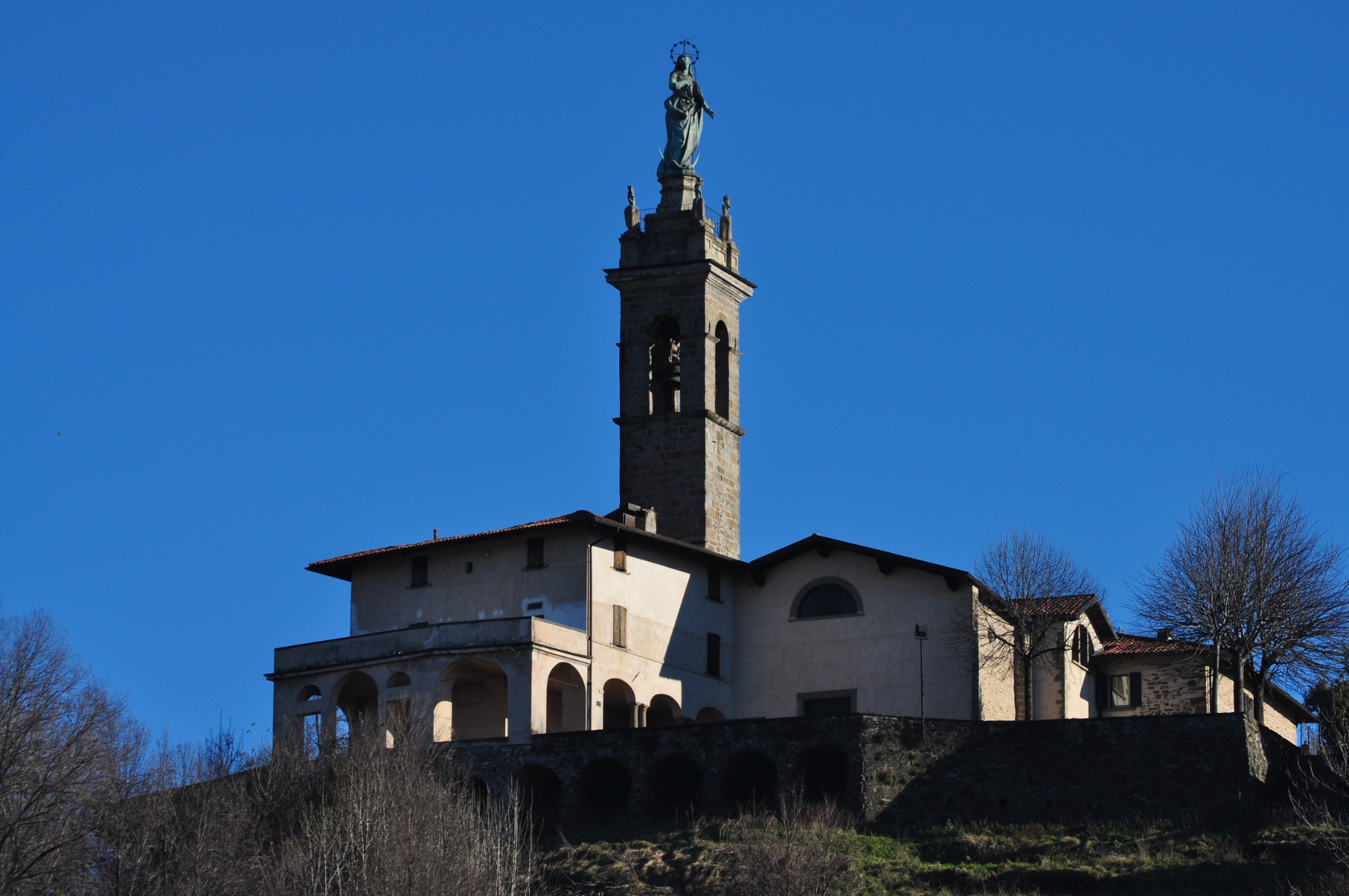The primary argument for celebration in Latin in the classical Roman Rite is liturgical law itself. The law today stipulates the use of Latin for the celebration of the Roman Mass and for the recitation of the Divine Office according to the 1962 books.
The second argument is consideration for the express will of the Council. In spite of the few concessions given to the vernacular, it declares that the language of the Roman Rite remains Latin.
The third argument is that of preservation of uniformity in the Church. Fifty years ago a Catholic entering a Catholic church in any part of the word could feel at home because the Latin liturgy he found there was identical to that experienced in his own country. Latin manifests that the liturgy is the worship of the whole Church and not merely of particular or local communities. Though a great part of the congregation does not necessarily understand it, the validity and efficacy of the liturgy does not depend on this understanding; and the faithful are able to reap the fruits of what is offered by the priest.
The fourth argument is that the Latin creates, as it were, a protective veil by linguistic means around these most holy mysteries. This supposedly ‘dead’ language, unknown to most people and far from everyday parlance, has the capacity to inspire a deeper respect for the mystical reality of the liturgy than their everyday language.
I think that the most convincing argument is actually a fifth one: the treasures of the Roman liturgy came into being in this language. Latin is the home of the classical Roman rite. This is the only language, precisely because it is a ‘dead’ language, that preserves perfectly and enduringly the content of the liturgy in its unchanged and unchangeable meaning. In fact, no equivalent translation can really be made of those texts which are most typically Roman. Nevertheless, the liturgy speaks not only to those present; it pervades the whole life of the Church through multiple channels, through theology, catechesis, the spiritual life and so on. It is of crucial importance that the texts, with their exact meaning and strict formulation, should be found not only in the liturgical books but also in the living reality of ecclesiastical life, and in its actual voice.
(László Dobszay, The Restoration and Organic Development of the Roman Rite, p. 79)


